Water or Gold? Eternal question nags Ecuador tribes
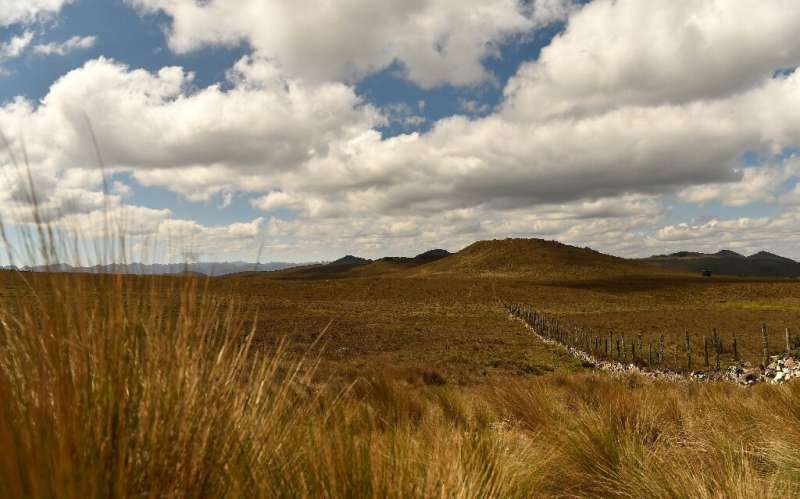
The indigenous people of Ecuador's wind-whipped alpine tundra of Quimsacocha face a stark choice, according to their leader, Yaku Perez.
"We have to decide between gold and water," he tells activists at a meeting held to oppose a landmark mining project.
"What do we prefer, companeros?" demands Perez, his voice rising.
He knows there's only one answer, and they shout back in unison: "Water!"
Ecuador's government has put its weight behind a giant gold-silver-copper mining project in the wild, high grasslands of Quimsacocha.
Quito has conceded half Quimsacocha's 20,000 hectares (49,421 acres) to Canadian miner INV Metals to develop a near billion dollar mine deep underground.
The Loma Larga project is due to begin production in 2021 and would mean thousands of jobs.
For local indigenous communities however, the sweeping, cloud-scraping grasslands of Quimsacocha are a sacred, vital source of water.
'We can live without gold'
Perez, his Canari Quechua people and other indigenous communities are fighting the Loma Larga mine every step of the way.
In an unprecedented popular consultation held in March, local municipalities rejected mining in the southern Andes.
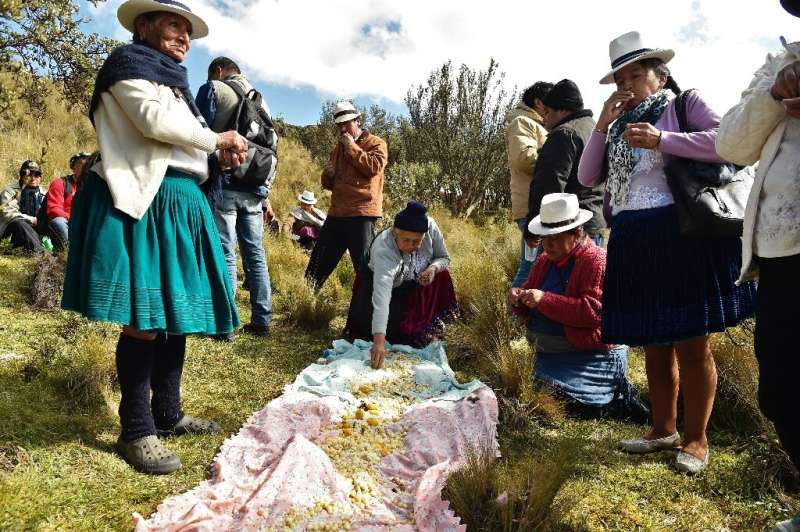
Perez sees local referenda "as the way for Ecuador to be declared a territory free of metal mining and its water sources and fragile ecosystems."
Just 3,200 hectares of the Quimsacocha is under protection, forming part of a biosphere reserve.
The government, anxious to develop its mineral resources, is hoping the Constitutional Court will block further popular consultations and demonstrate the legal protections necessary to attract mining sector investment.
"Mining, wherever it goes, generates dispossession of territories, violence in the community, destabilises democracy, generates institutional corruption, pollutes the waters and poisons the rivers," says Perez.
"It takes the meat, and leave the bone, but the contaminated bone."
Perez says this standing on the grassy bank of the Tarqui river, which hurries down from here to the city of Cuenca and into the Amazon.
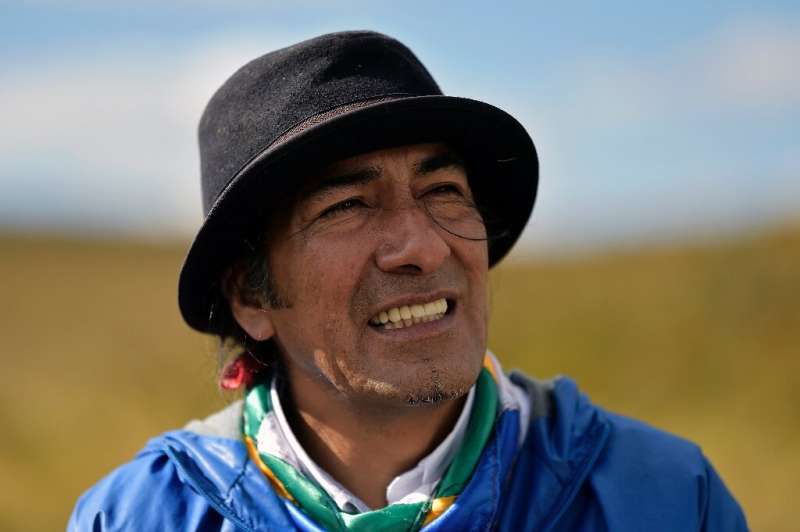
Squatting, he scoops a palmful of cold clear water to his lips.
"We can live without gold, but without water, never."
'Defending the water'
A lawyer, Perez sees himself as a defender of the Quimsacocha and says he has been jailed on four occasions for "defending the water."
High on the tundra, he vaults a fence surrounding the mining concession. Others with him cut through chains blocking a narrow road, a symbolic gesture in a constant war of attrition with the mining company.
"We are not going to allow the miners here," said Maria Dorila Fajardo, a 60-year-old indigenous woman wearing a traditional large red skirt, her head covered with a wool hat.
A large blue sign with white lettering says: "Private Property. No Entry."
"This is not private property," Perez fumes. "This is communal property. We have deeds dating back to 1893, our grandparents bought all this land.
-
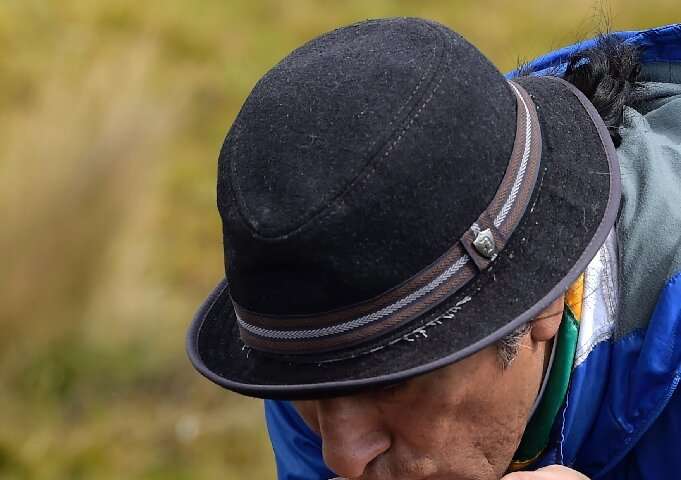
Yaku Perez drinks water from a river in Quimsacocha -
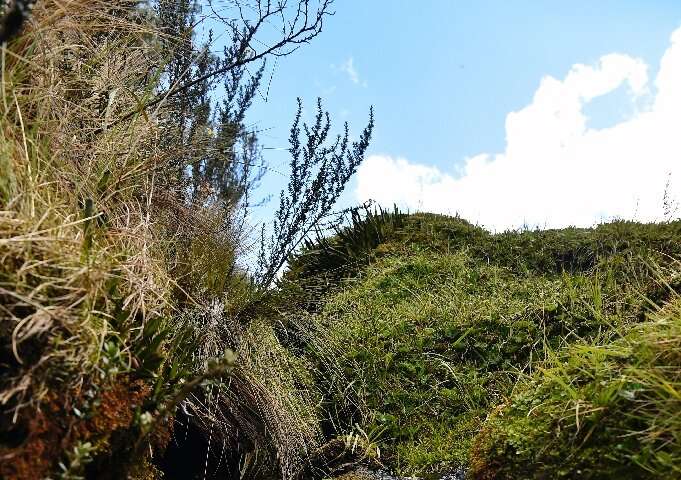
For indigenous communities the sweeping, cloud-scraping grasslands of Quimsacocha are a sacred, vital source of water. -
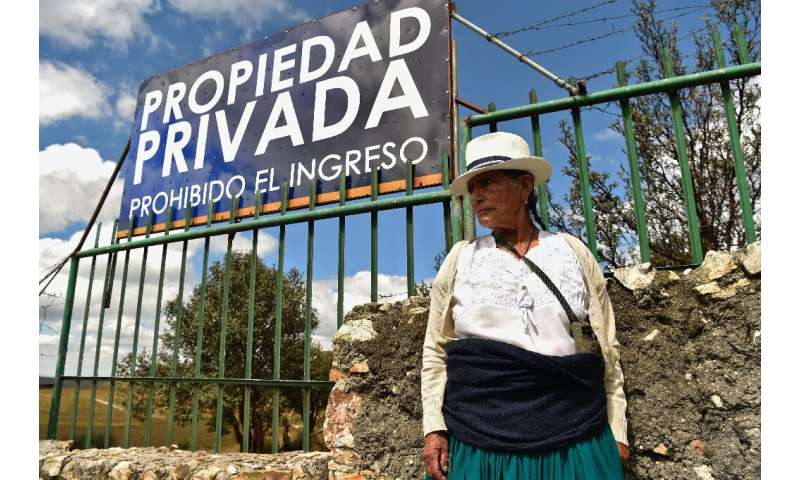
An Ecuadorean indigenous woman stands in protest outside a mining concession in Quimsacocha, Azuay province, Ecuador
"We don't want to cultivate it, but keep it as the natural reservoir it is."
The government in Quito expects GDP to grow from 1.6 percent to 4.0 percent by 2021, boosted by mineral exploration.
Resource-rich Ecuador will receive about $554 million from Loma Larga, according to official figures.
"Mining is like a mirage. They give us money for a little while and later that money evaporates," says Perez.
"It goes up in smoke. It's bread today, but hunger and desolation tomorrow."
© 2019 AFP




















